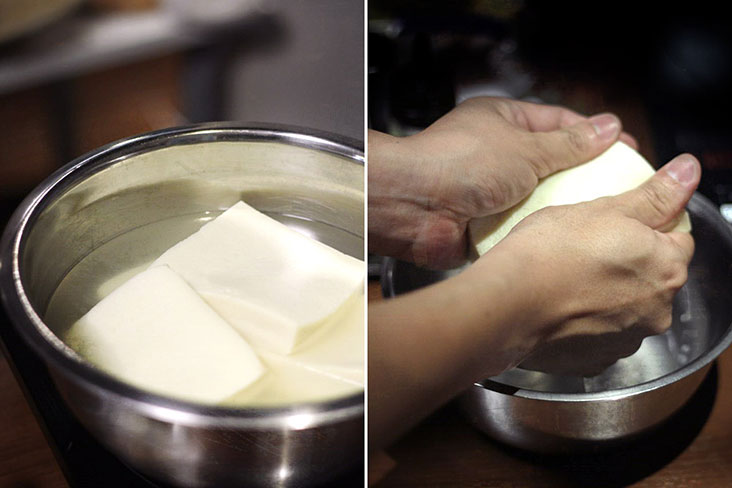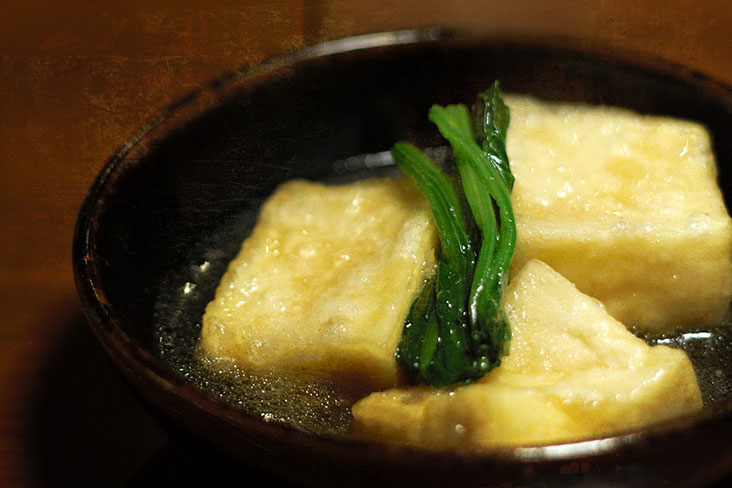KUALA LUMPUR, Feb 27 – The weather in the capital has been averaging 36°C for the past few days. Surely this is the very definition of “sweltering heat”? Even the evening breeze is warm.
Such conditions make it unthinkable to devour a heavy meal. No greasy stews and curries, please. No double-patty burgers with extra fries. Definitely no humongous bowls of pasta laden with creamy sauce.
Instead we find ourselves craving something simpler and lighter on both the palate and the belly.
This doesn’t mean we hanker after cold or chilled foods, however. A salad wouldn’t do (especially not after several rounds of it). Ice cream feels too much like dessert (which it is, surely).
What I enjoy best on days like these, when it’s almost a heatwave, is some simple Japanese fare, particularly those dishes with a little bit of broth but not too much of it. Just enough to whet our appetites but not so much that we are sweating from the effort of slurping the bowl clean.
(So, yes, no ramen either.)
How about a bowl of steamed white rice and a small dish of agedashi dōfu to accompany it?
Didn’t I say no cold foods? Ah, but agedashi dōfu isn’t a cold dish even if it’s tofu based. Agedashi dōfu is a Japanese tofu dish that is lightly fried (“age”) and served in a little bit of broth (“dashi”).
It’s not too hot and not too cold and not too much. Just enough.
I remember the first few times I had agedashi dōfu in Japanese restaurants in Malaysia. The traditional method of serving this seems to be in a hot tentsuyu broth made of dashi, soy sauce, mirin and a smidgen of sugar. Some finely chopped spring onions and dried bonito flakes finished the picture.
Later, when I had the chance to taste this in Japan, I realised everyone makes it their own way. Perhaps due to regional specialties or simply each family makes it a slightly different way.
My favourite version is one where the agedashi dōfu is served almost plain, with the lightest dousing of reduced tentsuyu broth and a garnish of some blanched leafy greens.
So basic and yet so very good. Perfect for a warm weekend or any other day of the year, for that matter.
Fall for the simple charms of agedashi dōfu, if you haven’t already.
AGEDASHI TOFU
The type of tofu you use is crucial here.
Typically the sort we see in supermarkets is known as kinugoshi dōfu or silken tofu. This is made by adding a coagulant to soy milk, which gives it a slightly sweet taste and a very soft texture.
Therefore, it’s unsuitable for frying as it will crumble easily.

Instead look for what is known as koya dōfu or momen dōfu in Japanese: firm tofu.
The process to make momen dōfu begins much the same way as that of its silken variant: first, coagulant is added to soy milk to solidify it, but then another step is added to squeeze water out of it under pressure.
The result is a tofu with a harder texture, coarse rather than silken, and a richer flavour thanks to a higher concentration of the coagulated soy milk.
We use it here for agedashi dōfu, not only because it can stand up to the rigours of frying without falling apart but also due to its highly absorbent properties: it’ll take in the flavours of the tentsuyu broth far better than the smoother variety.
Speaking of the tentsuyu broth, its main component – the dashi – can be easily procured in most supermarkets these days though you may replace it with any type of light broths that you prefer such as a chicken consommé or vegetable stock.
Heavier meat or bone broths such as beef broth or a spare rib soup would overpower the delicate flavours of the agedashi dōfu, however, so try avoiding these.
To garnish, it’s nice to add some blanched green, leafy vegetables of choice though this is entirely optional. Personally I like kailan (also known as Chinese broccoli), especially those with tiny flowering buds.
Ingredients
40g firm tofu
1 tablespoon potato starch
Neutral cooking oil
100ml dashi or other light broth
2 teaspoons soy sauce
2 teaspoons mirin (sweet rice wine)
1 teaspoon sugar
Some blanched green vegetables of choice for garnishing (optional)
Method
Soak the firm tofu in hot water to allow it to soften; a few minutes would suffice. Squeeze the excess water out of each piece of tofu before cutting into bite-sized cubes.

Lightly coat each cube of tofu with potato starch. You’re looking at a very thin layer here, not a heavy batter.

In a small saucepan, heat up some cooking oil and fry each piece of tofu till just crispy. Remove each piece from the saucepan and rest on a wire rack to drain the excess oil.

While the fried tofu is draining, combine the dashi (or any light broth of choice) with the tentsuyu seasoning (soy sauce, mirin and sugar). Mix well and bring the tentsuyu broth to a boil.

Add the tofu to the broth and lower the heat. Simmer the pieces of tofu in the tentsuyu broth for about 10 minutes until the tofu has absorbed the flavours of the broth.
Using a separate pot filled with water, you can quickly blanch your green vegetables, if using. Squeeze the excess water out from the vegetables. (You may also do these ahead of time and keep the blanched vegetables chilled in the fridge till ready to use.)


Serve the cubes of agedashi dōfu in shallow dishes or small bowls. Ladle the reduced tentsuyu broth over the fried tofu. Finally, if desired, garnish the agedashi dōfu with your blanched greens of choice.
For more Weekend Kitchen and other slice-of-life stories, visit lifeforbeginners.com.






















